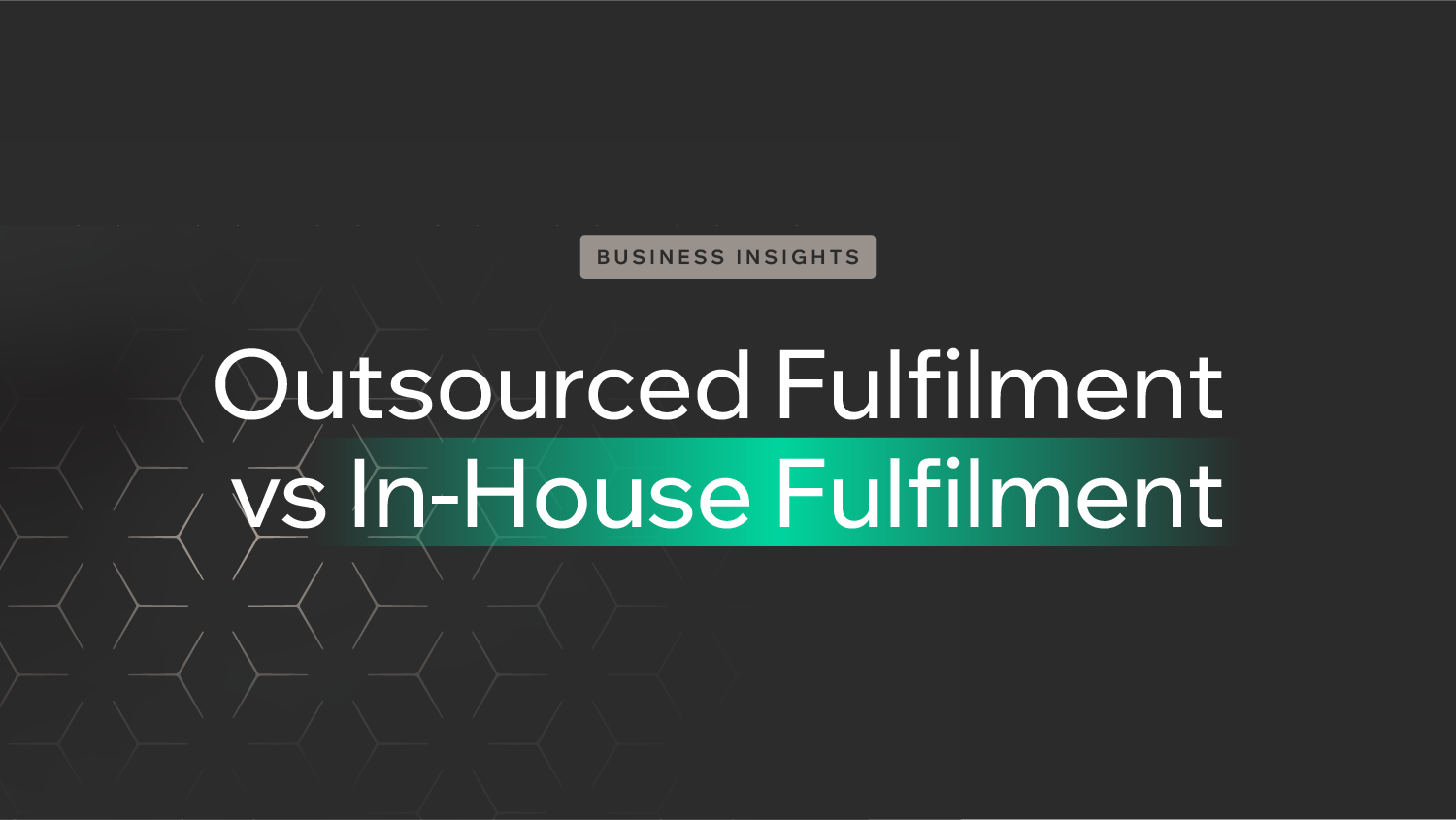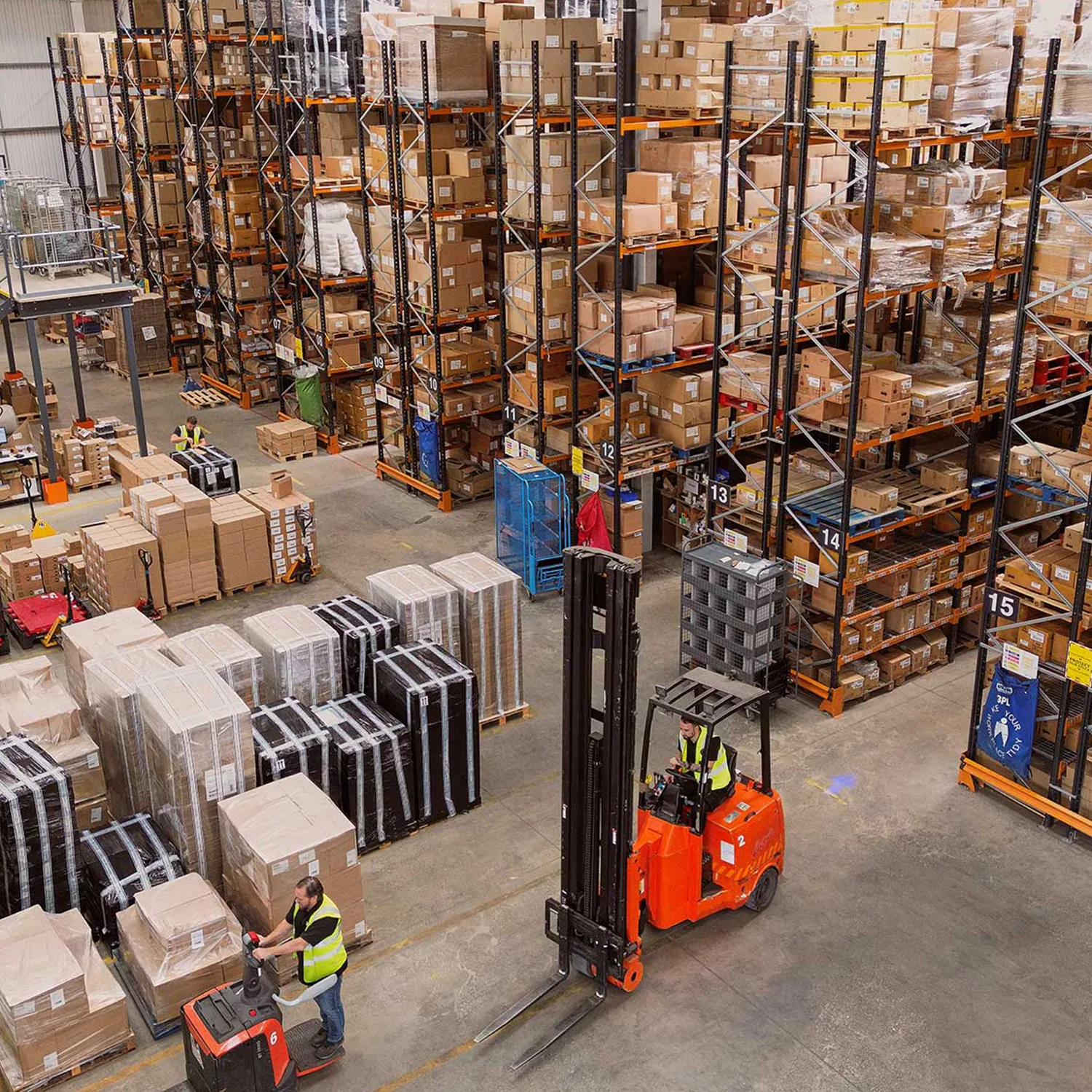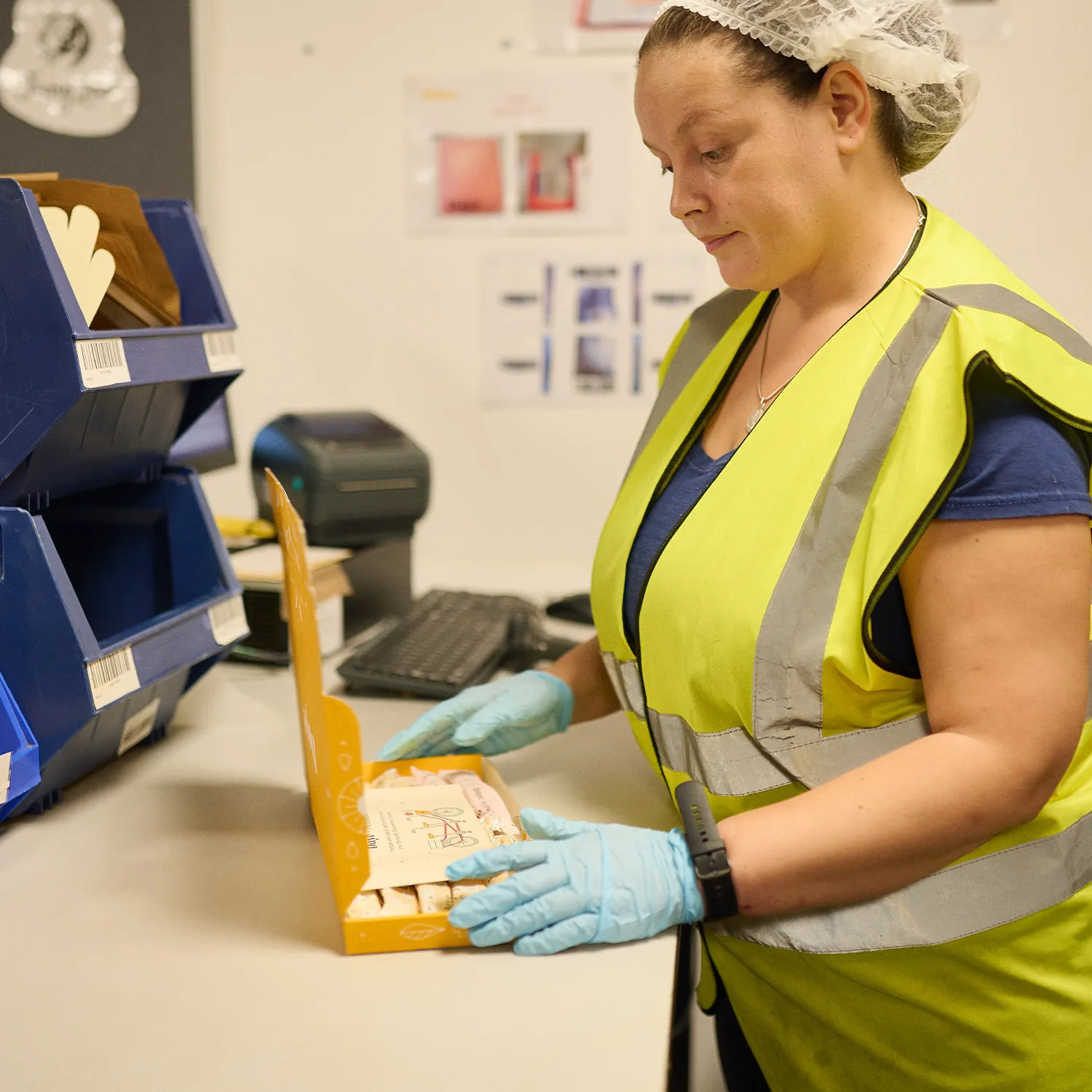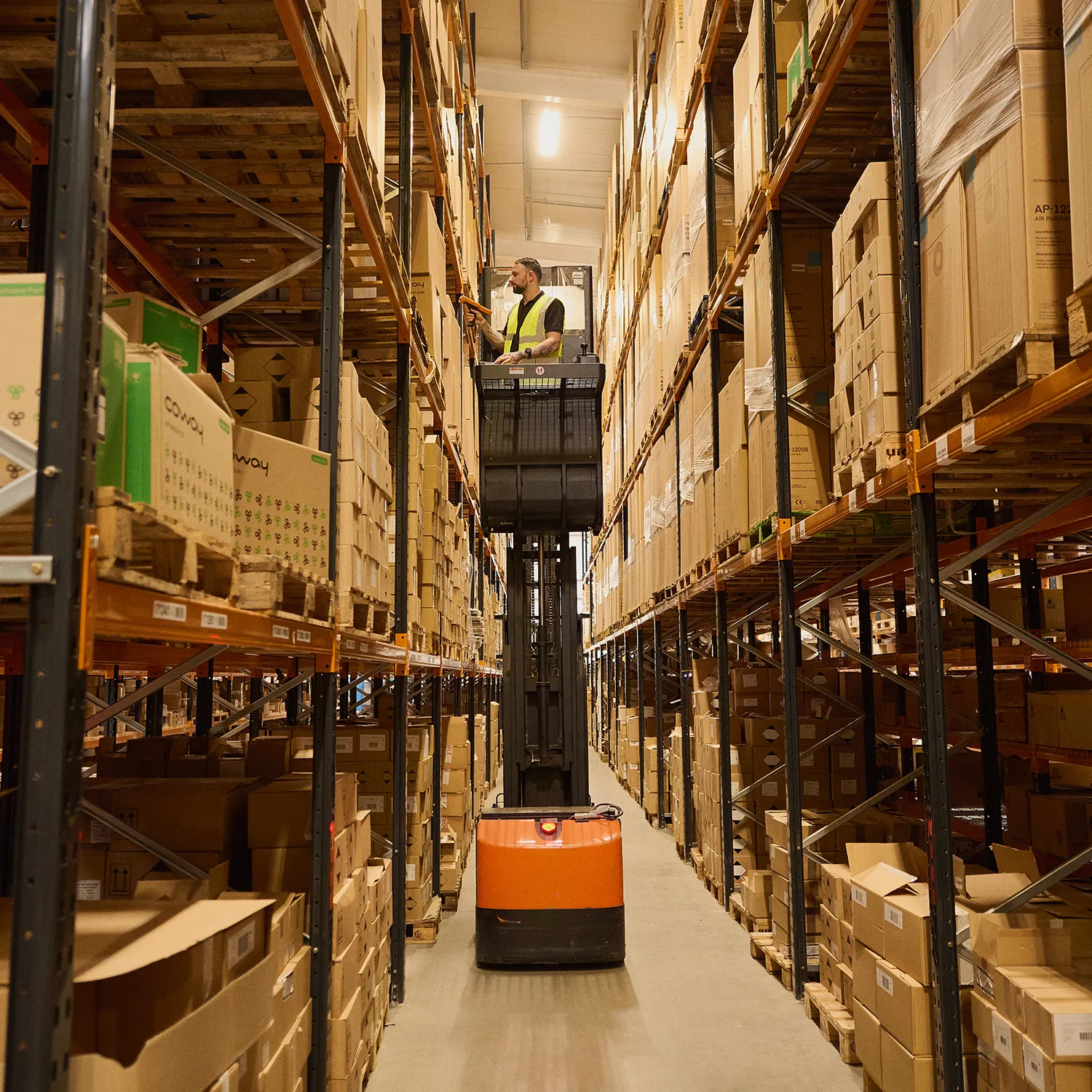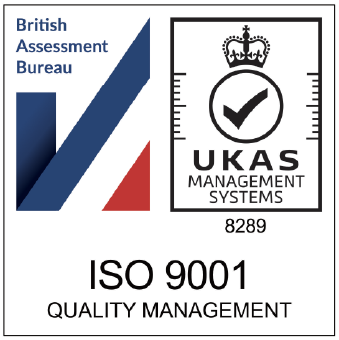Article Overview
This blog explores the key differences between in-house and outsourced fulfilment, helping eCommerce businesses determine which approach best suits their operational needs and growth goals. By comparing the pros and cons of each model, along with real-life examples, it highlights the impact on costs, scalability, and efficiency. The guide also demonstrates how solutions like 3PL Fusion can streamline operations, improve customer satisfaction, and support long-term business growth.
When it comes to managing eCommerce operations, businesses often face a critical decision – should they handle order fulfilment in-house or outsource it to a third-party logistics (3PL) provider? This decision can significantly impact operational efficiency, customer satisfaction, and overall growth. In this blog, we’ll break down the key differences, benefits, and challenges of both approaches, sharing real-life examples to help you make an informed choice.
Understanding In-House Fulfilment
In-house fulfilment means that all aspects of the order process – from inventory storage to packing and shipping – are managed internally. This approach gives businesses complete control over their operations but comes with its own set of challenges.
Pros of In-House Fulfilment:
- Full Control: You oversee every detail of the fulfilment process, ensuring your brand’s standards are met.
- Customisation: Allows for personalised packaging and unique customer experiences tailored to your brand.
- Direct Oversight: Quick adjustments can be made to processes without relying on external partners.
Cons of In-House Fulfilment:
- High Costs: Renting warehouse space, purchasing equipment, and hiring staff can be expensive.
- Limited Scalability: Scaling operations quickly to meet demand spikes can be challenging without significant investment.
- Resource Intensive: Managing logistics distracts from core business activities like marketing and product development.
Real-Life Example: In-House Fulfilment
Consider a small online apparel store that initially managed its fulfilment in-house. The owner handled packaging, shipping, and inventory tracking manually. As the business grew, the time spent on logistics increased significantly, leading to delays in order processing during peak seasons. This affected customer satisfaction and strained resources, highlighting the challenges of scalability with in-house fulfilment.
Understanding Outsourced Fulfilment
Outsourced fulfilment involves partnering with a 3PL provider like 3PL Fusion to handle storage, inventory management, packing, shipping, and even returns. This approach offers flexibility and efficiency, particularly for growing businesses.
Pros of Outsourced Fulfilment:
- Cost Efficiency: Reduces the need for significant upfront investments in warehousing, staff, and technology.
- Scalability: Easily adapt to seasonal demand fluctuations without the stress of managing additional resources.
- Expertise: Leverages the provider’s experience, advanced technology, and established carrier networks.
- Focus on Growth: Frees up time to concentrate on core business activities, such as marketing and product innovation.
Cons of Outsourced Fulfilment:
- Less Direct Control: You rely on the provider to maintain service levels and handle operations.
- Integration Challenges: Requires seamless integration between your eCommerce platform and the fulfilment provider’s systems.
- Potential for Misalignment: Miscommunication can lead to delays if not managed with clear processes.
Real-Life Example: Outsourced Fulfilment
A mid-sized beauty brand experienced rapid growth and struggled to keep up with order volumes during promotional events. They decided to partner with 3PL Fusion, which integrated seamlessly with their eCommerce platforms. This partnership allowed them to scale efficiently, reduce shipping times, and improve customer satisfaction without the stress of managing logistics internally.
Key Factors to Consider
When deciding between in-house and outsourced fulfilment, consider the following:
- Order Volume: High volumes may justify outsourcing, while smaller businesses might manage in-house.
- Growth Plans: If you anticipate rapid growth, outsourced fulfilment offers the flexibility to scale.
- Costs: Compare the total costs of warehousing, staffing, and technology against fulfilment fees.
- Customer Expectations: Fast, reliable delivery is critical – 3PL providers often offer better shipping rates and faster delivery times.
- Technology: Outsourced providers use advanced systems like 3PL Fusion for real-time inventory tracking and order management.
Why 3PL Fusion Makes Outsourcing the Smarter Choice
With 3PL Fusion, businesses gain more than just a fulfilment partner. Our technology-driven approach ensures:
- Real-Time Inventory Management: Complete visibility of stock levels across all sales channels.
- Seamless Integrations: Connects effortlessly with platforms like Shopify, Amazon, and eBay.
- Advanced Analytics: Provides data-driven insights to optimise operations and forecast demand.
- Reliable Support: Dedicated account managers ensure smooth communication and issue resolution.
Ready to Find the Right Fulfilment Strategy for Your Business?
Choosing between in-house and outsourced fulfilment is a strategic decision that depends on your business size, growth goals, and operational complexity. While in-house fulfilment offers control, outsourced fulfilment with a trusted partner like 3PL Fusion provides the scalability, efficiency, and expertise needed to drive long-term success.
Contact 3PL today to learn how we can support your eCommerce growth journey.
Speak to 3PL about your eCommerce order fulfiment
It’s time to supercharge your ecommerce brand business and overtake your competitors. Speak to 3PL today and find out how we can take your ecommerce fulfilment to the next level.
